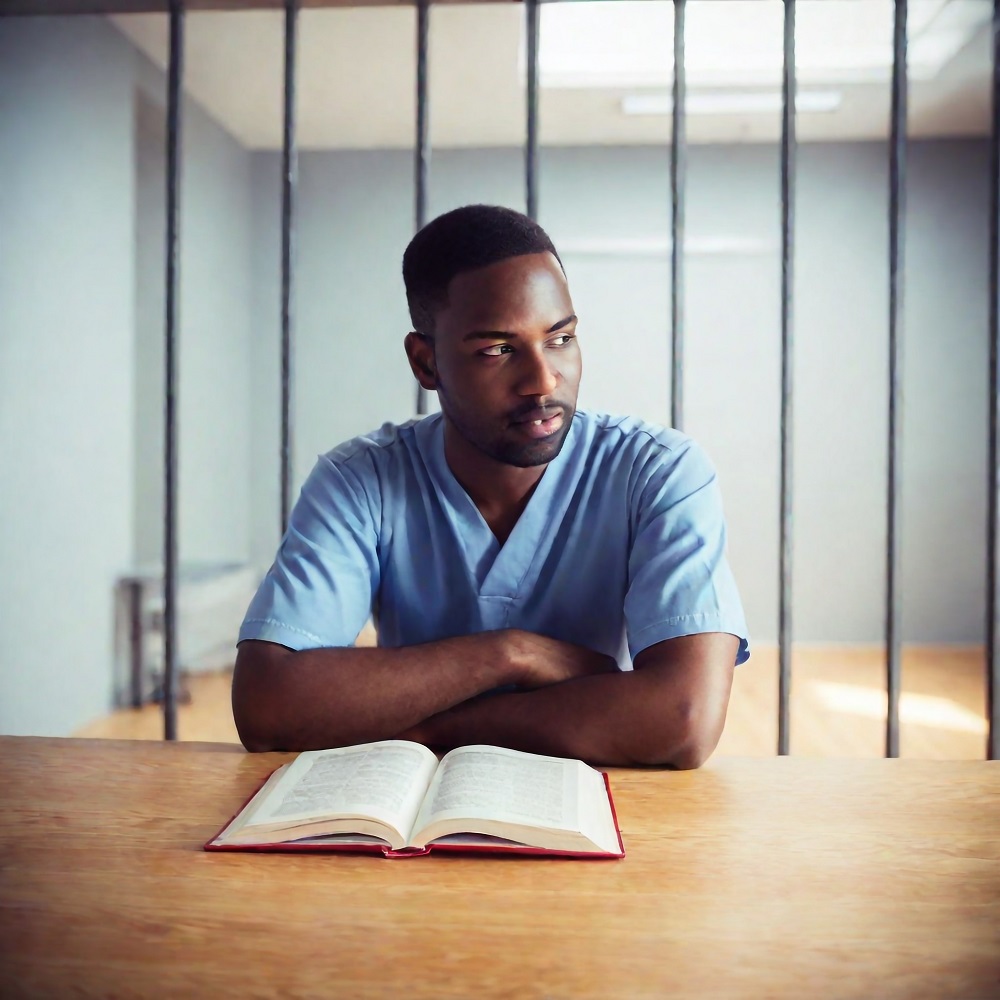At What Cost: The Social Costs of Drug Prohibition

Every public policy comes with its own set of externalities and unintended consequences. Moreover, because politics exists at the nexus between competing interests, outcomes can often approach zero-sum, whether or not this was the initial aim of policymakers. Simply put, someone gains while someone loses; there is always a cost. In my previous post, we ended by taking a cursory glance at some of the social costs of drug prohibition, such as increased violence, property crimes, and a rise in the incidence of overdose deaths. In this post, we will take a deeper look into the (sometimes hidden) costs imposed by the War on Drugs™.
The Astonishing Growth of the Prison-Industrial Complex
While comprising roughly 4.23% of the world’s population, America is responsible for nearly one-quarter of the world’s prison population. At any given time, 1.9 million individuals are the unwilling guests of Federal, state, and local prisons, a per capita rate of 565 per 100,000 residents. (Note: in the wake of COVID, many states elected to release prisoners early due to health and staffing concerns. This has led to a temporary 16% drop in the incarceration rate). For the sake of comparison, China, which has four times the population of the United States and is known for its repressive regime, has 1.7 million people incarcerated in its prison system – a per capita rate of a mere 119 individuals per thousand. According to the Federal Department of Prisons, some 44% of inmates in Federal correctional facilities are there because of drug offenses. That number decreases to roughly 25% for state and local facilities, a share of the prison population exceeded only by those imprisoned for violent offenses.
In creating a whole new class of criminal, drug policy generated an ever-increasing need for space to house these inmates. While Richard Nixon-era drug policy tended towards treatment over incarceration (which isn’t to say that Nixon didn’t want incarceration; he did, at least of certain segments of society), Reagan’s Comprehensive Crime Control Act of 1984 established mandatory minimum sentencing for drug offenders (and civil asset forfeiture, another social cost that bears discussion). This, of course, precipitated a rise in the prison population, but it was the Clinton Administration’s Violent Crime Control and Law Enforcement Act of 1994 that jump-started the prison construction industry. Not only did this law mandate a minimum sentence of 25 years for individuals convicted of a felony for the third time, it earmarked $97 billion for the construction of new prisons. State and local governments availed themselves of this funding, and while adding their own, 544 correctional facilities were built between 1990 and 2015, an average of one every 10 days.
The straw that stirs this noxious drink is the Prison Industry Enhancement Certification Program (PIECP). While the Thirteenth Amendment made it possible for prisoners to be used as a cheap source of labor, this was restricted to utilization by individual states, as it was illegal to transport prisoner-made goods across state lines or use prison labor for private entities. When the PIECP was approved by Congress in 1979, these restrictions on prison labor were lifted, introducing perverse incentives into the criminal justice system by way of the profit motive. With Reagan’s ACT requiring new space for the influx of drug offenders, corporations and political leaders not only began contracting for the building and management of new facilities, but officials began negotiating with the private sector for opportunities to monetize and profit from prison labor (Chang & Thompkins, 2002). In essence, prisons went from being a nominally rehabilitative, functionally punitive institution to being an avenue of profit. Thus, the prison-industrial complex was born.
Much of the literature on this odd paradigm focuses on the rise of private prisons, but although these facilities are problematic, they house a mere 8% of incarcerated individuals. The pressing issue is that the profit motive that exists in private for-profit correctional facilities also exists in publicly funded state and local facilities. This is reflected in the fact that large institutional investors such as Merrill/BofA Securities purchase prison-construction bonds to the tune of over $2.3 billion annually (Cummings, 2012). They are willing to underwrite the construction of both private and public prisons because they guarantee generous returns. This ROI is insured by the low wages paid to inmates, both those employed in facility upkeep and those laboring for private industry.
Estimates suggest that inmate labor is responsible for over $2 billion in goods and services, while prisoners earn pennies on the dollar; the average wage is between 13 to 52 cents per hour. Additionally, correctional facilities earn extra revenue by charging back to inmates items such as room and board, court costs, and necessities such as toiletries. These chargebacks can take up to 80% or more of the inmate’s eager wages, and some even leave their incarceration in a monetary deficit. Prisoners who are fortunate enough to work for private employers under the PIECP program are paid a higher wage that must be commensurate with prevailing local wages. This comprises less than 6% of inmates, and their chargebacks tend to be even higher.
The irony of this situation is that the PIECP was intended to enhance the rehabilitative function of prison labor by imparting inmates with skills that would be valued on the market after their release. A confluence of interests, from politicians who wish to appear tough on crime during election season, police departments that benefit from enhanced funding and equipment to focus on drug arrests, prisons that directly benefit from contracted labor, and private interests wishing to exploit the many opportunities available to them from financing, construction and low-cost labor, have all conspired to turn the whole thing into a cottage industry of perverse incentives.
In my next post, we will continue with the militarization of police.
Tarnell Brown is an Atlanta based economist and public policy analyst.
